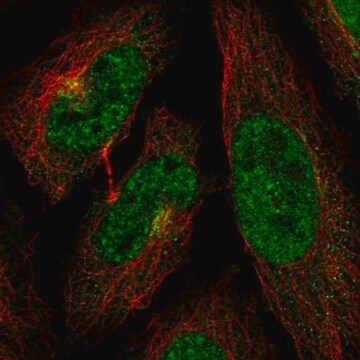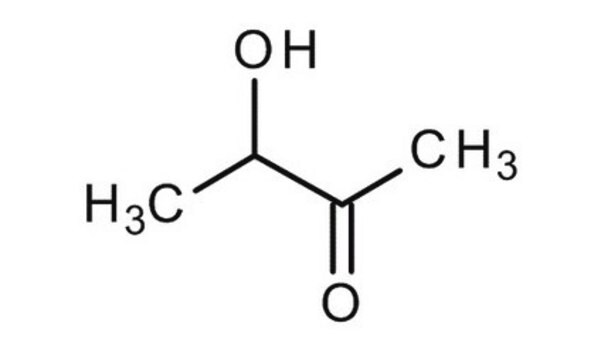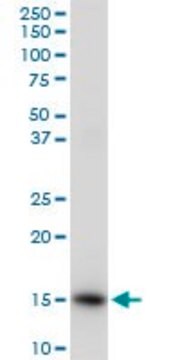ABE1860
Anti-CDK13
from rabbit
Synonim(y):
Cyclin-dependent kinase 13, CDC2-related protein kinase 5, Cell division cycle 2-like protein kinase 5, Cell division protein kinase 13, hCDK13, Cholinesterase-related cell division controller
About This Item
Polecane produkty
pochodzenie biologiczne
rabbit
Poziom jakości
forma przeciwciała
affinity isolated antibody
rodzaj przeciwciała
primary antibodies
klon
polyclonal
reaktywność gatunkowa
human
reaktywność gatunkowa (przewidywana na podstawie homologii)
bovine (based on 100% sequence homology)
metody
western blot: suitable
numer dostępu NCBI
numer dostępu UniProt
Warunki transportu
ambient
docelowa modyfikacja potranslacyjna
unmodified
informacje o genach
human ... CDK13(8621)
Opis ogólny
Specyficzność
Immunogen
Zastosowanie
Epigenetics & Nuclear Function
Western Blotting Analysis: 1:1,000 dilution from a representative lot detected CDK13 in HEK293 whole cell extract. (Courtesy of Dr. A. Greenleaf, Duke University Medical Center).
Western Blotting Analysis: 1:1,000 dilution from a representative lot detected CDK13 in HeLa nuclear extract. (Courtesy of Dr. A. Greenleaf, Duke University Medical Center).
Western Blotting Analysis: 1:1,000 dilution from a representative lot detected CDK13 in OVCA5 and HEK293 (Courtesy of Dr. A. Greenleaf, Duke University Medical Center).
Jakość
Western Blotting Analysis: 1:500 dilution of this antibody detected CDK13 in 20 µL of HEK293 whole cell extract.
Opis wartości docelowych
Postać fizyczna
Przechowywanie i stabilność
Inne uwagi
Oświadczenie o zrzeczeniu się odpowiedzialności
Nie możesz znaleźć właściwego produktu?
Wypróbuj nasz Narzędzie selektora produktów.
Kod klasy składowania
12 - Non Combustible Liquids
Klasa zagrożenia wodnego (WGK)
WGK 1
Certyfikaty analizy (CoA)
Poszukaj Certyfikaty analizy (CoA), wpisując numer partii/serii produktów. Numery serii i partii można znaleźć na etykiecie produktu po słowach „seria” lub „partia”.
Masz już ten produkt?
Dokumenty związane z niedawno zakupionymi produktami zostały zamieszczone w Bibliotece dokumentów.
Nasz zespół naukowców ma doświadczenie we wszystkich obszarach badań, w tym w naukach przyrodniczych, materiałoznawstwie, syntezie chemicznej, chromatografii, analityce i wielu innych dziedzinach.
Skontaktuj się z zespołem ds. pomocy technicznej








